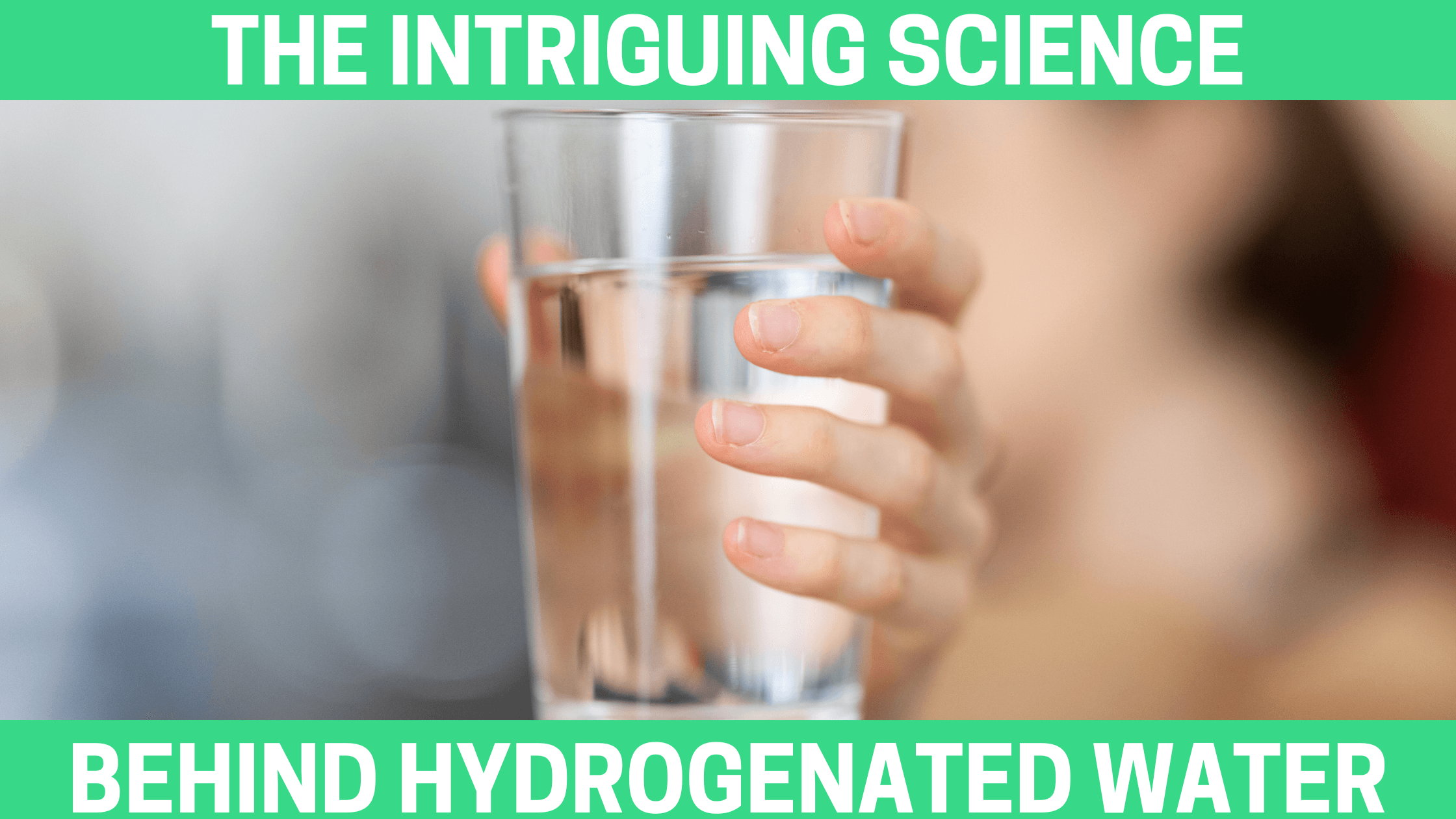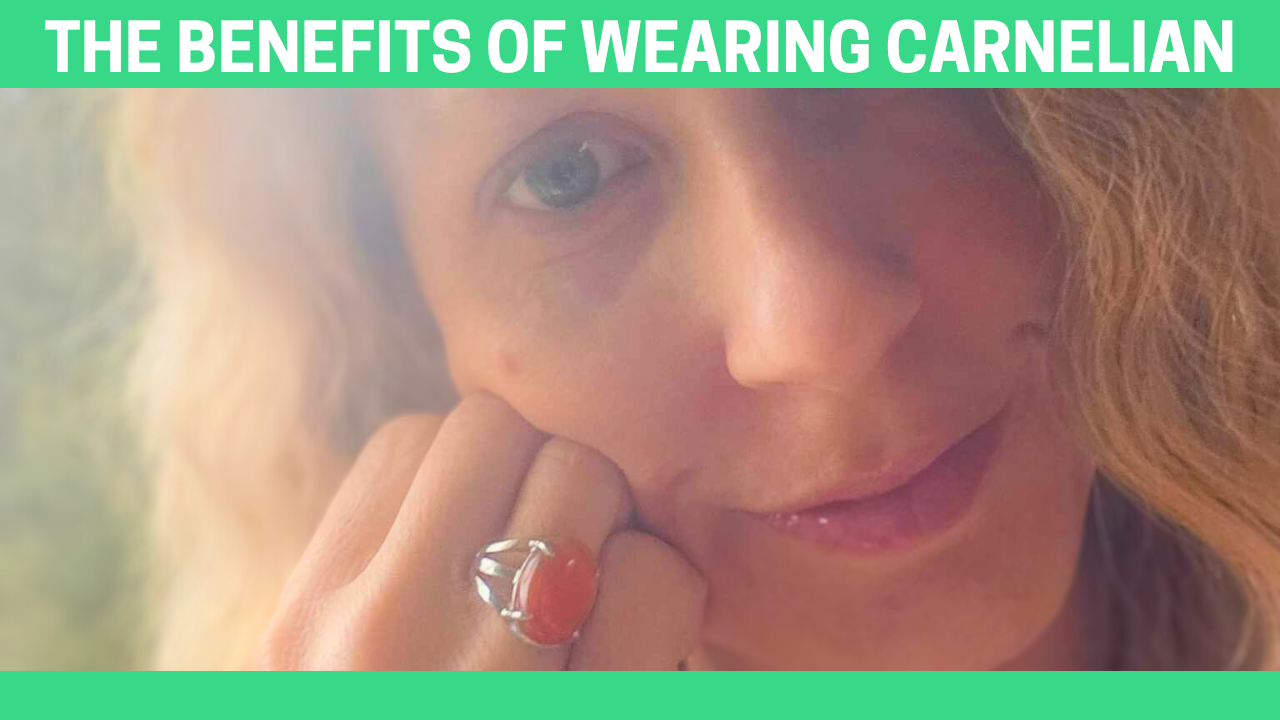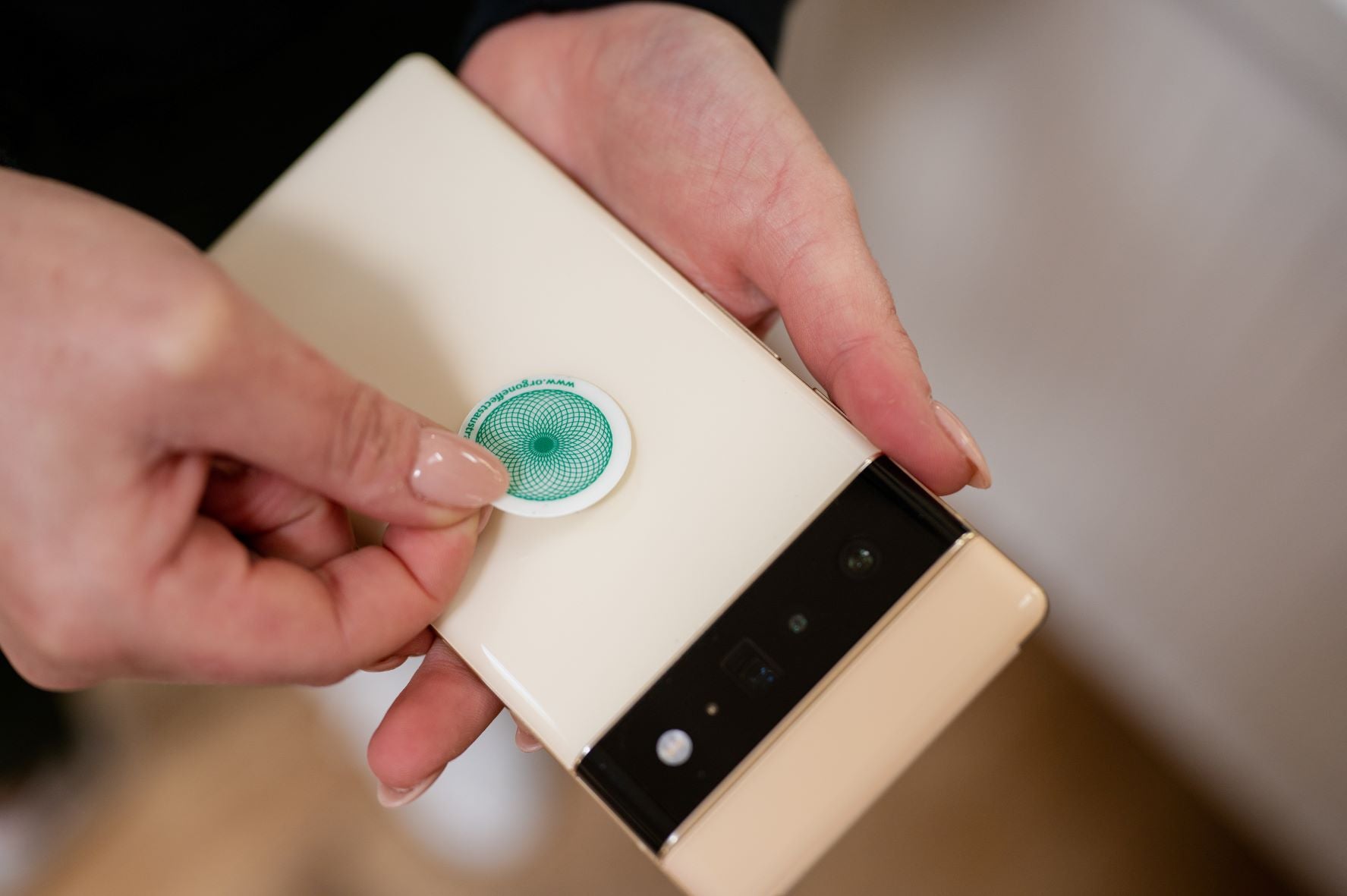Are you living in, selling, or buying a house close to a substation and need to be familiar with magnetic and electrical fields? If you answer yes to this question, you will likely need to know if it’s safe to live near an electrical substation.
What is an Electrical Substation?

Electrical substations are the workhorses of our power grid, transforming high-voltage electricity into usable power for our homes and businesses.
While essential for modern life, living in close proximity to a substation can raise concerns about safety and potential health risks.
Let's delve into the science behind these concerns and explore what you should know.
The EMF Factor: Electric and Magnetic Fields

The primary concern surrounding substations is exposure to electromagnetic fields (EMFs). Substations generate both electric and magnetic fields, which weaken with distance.
Michael Kundi, the head of the Institute of Environmental Health of the Medical University of Vienna since 2004, addressed many of his concerns with EMF exposure.
Kundi has written approximately 200 articles in peer-reviewed journals and his views were published in Environmental Health Perspectives.
He voices his concerns around the current research around EMF exposure and felt it 'did not correctly address nonionizing radiation and, in particular, power frequency magnetic fields as a possible risk factor for childhood leukemia'.
Kundi is not the only researcher who has concerns about the potential for EMF exposure to cause cancer. A systematic review and data analysis between EMF exposure and chidhood leukemia reported 'Significant associations were observed between exposure to ELF-MFs and childhood leukemia.'
The World Health Organization (WHO) classifies EMFs from power lines and substations as "possibly carcinogenic to humans." This means there is limited evidence and more research is needed.
Is it OK to Live Next to a Substation?

EMF substations give off low-frequency EMF radiation, which creates an electromagnetic field. This electromagnetic field has two (2) components, a magnetic field, and an electric field. Don’t worry about the electric field as it doesn’t have the power to penetrate the substation walls. However, the magnetic field penetrates brick, concrete, or the human body.
It is believed that this magnetic field is responsible for the health risks of low-frequency electromagnetic fields. People who live near a substation are right to be worried about this radiation, but the risks are often misunderstood.
What Types of Substations Generate Magnetic Fields?
There are different types of substations. Some are large national grid installations (up to 100 meters wide or more) and others are slightly smaller (10 meters wide). They are usually far from buildings where people live or work.
Substations of concern to homeowners and residents are rarely wider than 5 meters. In residential areas, they can be found about every hundred meters. (In the United States, they are known as distribution transformers.)

These substations can be near buildings, including houses, or they can share a common wall with them. Often, you can even find them in tall apartment buildings or other important buildings.
Such integrated substations can generate a strong magnetic field in the rooms in which people live or work. All substations emit magnetic field radiation. Although it is non-ionizing, it is harmful to health.
How Do Substations Work?

The main purpose of substations is to convert electricity from the highest voltages used to transmit electricity across the country to the lowest voltage used by consumers, such as 110V in the United Kingdom or 240V in the United States.
There are switches, connections, cabling, and a transformer inside the substation. The substation should have a clearly visible sign on the outside that prevents unauthorized access.
This warning is intended to prevent people from entering the substation and receiving an electric shock. It has nothing to do with EMF risks. However, the warning causes public unrest over the substations.
There are also other types of substations: mounted on a mast or suspended between two masts, usually on the street. Generally, these serve a small number of properties. They rarely pose a threat to neighboring properties, as the detectable electromagnetic fields often only extend over 3 meters. With all types of substations, the EMF is strongest directly next to the installed devices and quickly decreases with increasing distance.
Do Substations Emit Radiation?

Magnetic field EMF is given off whenever electrical current flows through a conductor but can counteract a current flow in the opposite direction in an adjacent conductor. (This is the key to designing electrical equipment that produces low EMF.)
Not all equipment in a substation is equally dangerous from an EMF perspective. Usually, the transformer emits most of the radiation. The transformer is usually the largest device you can see in a substation.
Some older substations still have their original wiring and equipment. These tend to give off more radiation than the newer ones. (Electrical engineers know how to design devices that emit fewer electromagnetic fields, but they hardly thought about it decades ago.)
Substation wiring and switches are usually panel mounted on one side. The transformer is located nearby, usually on the ground.
Therefore, the EMF on the outside of a substation wall can be stronger than on the opposite side. Stronger electromagnetic fields will also continue to penetrate.
How Far Away Should you Live From a Substation?

Typically, the detectable magnetic field of a substation ranges from 3 to 8 meters away. Some are more powerful than others, and in rare cases, the EMF can extend up to 15 meters. Apart from the detectable magnetic field, the substation cannot have any effect on health.
The magnetic field peaks during periods of highest power consumption (typically around 8:00 AM and 6:00 PM in residential areas) and will generally be weakest at night.
The strength of the EMF field decreases rapidly with distance from the source. People living very close to substations (within a few hundred feet) may have higher EMF exposure compared to the general population.
However, existing regulations set limits on EMF exposure levels around substations, and most utilities strive to maintain safe distances when building new substations.
EMF Substation - Safe Level
A property is considered EMF safe if the maximum magnetic field level in a place where a person spends several hours a day doesn’t exceed 0.05 microtesla (0.5 milligauss). But 0.1 microtesla (1.0 milligauss) is also acceptable to all but the most vulnerable. Vulnerable groups include the elderly, pregnant women, the chronically ill, infants and young children, and the electro-hypersensitive (EHS).
How Do I Reduce EMF Exposure from Electrical Substation Near Me?
Of course, the simplest option, while impractical for many, is to move to a safer location. If you are staying at home and the readings are high, the first thing to try is to reduce the amount of radiation in your home. This will reduce the total amount of radiation your body absorbs.
If you live near a substation, here are some steps you can take:
- Educate yourself: Familiarize yourself with the distance between your home and the substation. Most utility companies have this information readily available.
- Maintain a healthy distance: If possible, avoid spending extended periods of time very close to the substation fence line.
- Focus on a healthy lifestyle: Regardless of EMF exposure concerns, maintaining a healthy lifestyle with a balanced diet and regular exercise is crucial for overall well-being.
- Consult a Doctor: If you have specific health concerns related to EMF exposure, discuss them with your doctor.
EMF Protection Products
EMF protection products are becoming more and more popular as the amount of EMF continues to soar. Finding the right EMF protection product depends on your lifestyle and sensitivity.

For instance, the highly protective Dome Schumann Resonance Orgone Generators help neutralize and harmonize electrical wiring in your walls and dangerous Smart Meters. This makes them an ideal energy balance for any electromagnetic fields in any room.

Also, the GeoClense EMF and Earth Radiation Harmonizer constantly creates healthy and beneficial negative ions that harmoniously neutralize all your property and home to their boundaries and counteract any of these destructive energies such as radiation and electromagnetic frequencies.
Additionally, the eco-friendly Bamboo Orgone Blankets are infused with octaves of frequency that create and invoke a strong negative ionic resonance that is used for energy healing or Orgone therapy, making them the best natural sleeping pills.

Final Thoughts
The amount of electromagnetic radiation emitted by substations can be very high and this is something you need to investigate. Probably the biggest threat, however, is EMF radiation in your bedroom and home in general. By investing in one of the EMF protection products highlighted above, you can protect yourself and your loved ones from the harmful effects of radiation from substations.





